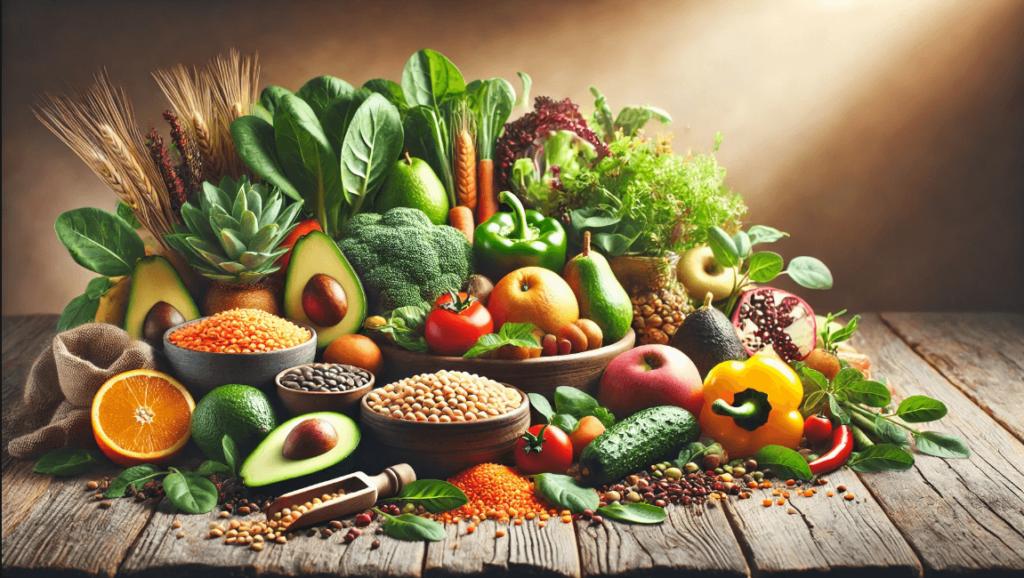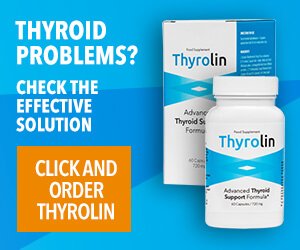Plant-Based Diets – what you need to know
Plant-based diets have become increasingly popular in recent years, praised for their health benefits, environmental impact, and ethical considerations. These diets focus on consuming plant-derived foods while reducing or eliminating animal products. If you’re considering this lifestyle or simply want to learn more, here’s a comprehensive guide with practical tips.
How Do Plant-Based Diets Work?
A plant-based diet emphasizes the intake of vegetables, fruits, whole grains, legumes, seeds, and nuts. Unlike strict veganism, which excludes all animal products, plant-based diets can be flexible. For instance, some people include small amounts of dairy, eggs, or even meat occasionally.
Common types of plant-based diets include:
- Vegetarian: Excludes meat but includes dairy and eggs.
- Vegan: Excludes all animal products.
- Flexitarian: Primarily plant-based but allows occasional animal products.
Key Features of Plant-Based Diets
- High in fiber: Due to the consumption of fruits, vegetables, and whole grains.
- Rich in antioxidants: Found in foods like berries, leafy greens, and nuts.
- Low in saturated fats: Reduces the risk of high cholesterol levels.
- Customizable: Adaptable to personal preferences and dietary restrictions.
What Is the Ideal Amount of Plant-Based Foods?
The ideal amount depends on individual goals and nutritional needs, but general guidelines suggest:
- Vegetables: At least 3-5 servings per day (1 serving = 1 cup raw or ½ cup cooked).
- Fruits: 2-4 servings per day (1 serving = 1 medium fruit or ½ cup chopped).
- Legumes: 1-2 servings per day (1 serving = ½ cup beans, lentils, or chickpeas).
- Whole grains: 3-6 servings per day (1 serving = ½ cup brown rice or 1 slice of whole-grain bread).
- Seeds and nuts: 1-2 servings per day (1 serving = 1 tablespoon seeds or 10-12 nuts).
What Are the Benefits of Plant-Based Diets?
- Improved heart health: Studies indicate a reduced risk of heart disease due to lower cholesterol and blood pressure levels.
- Weight management: High fiber content promotes satiety, helping control appetite.
- Reduced risk of type 2 diabetes: Whole foods with a low glycemic index improve insulin sensitivity.
- Digestive health: High fiber intake supports regular bowel movements.
- Environmental benefits: Plant-based food production typically requires fewer natural resources than animal agriculture.
Side Effects and Considerations When Adopting the Diet
While plant-based diets are healthy, improper planning can lead to nutritional deficiencies. Key nutrients to monitor include:
- Protein: Found in legumes, tofu, quinoa, and seeds.
- Vitamin B12: Essential for neurological health, available only in animal products, so vegans need supplementation.
- Iron: Present in spinach and beans, though plant-based iron is less easily absorbed than animal-based iron.
- Omega-3 fatty acids: Found in flaxseeds, chia seeds, and walnuts.
- Calcium: Abundant in dark leafy greens, fortified tofu, and plant-based milk.
Tip: Consult a dietitian to tailor your diet to your specific needs and consider supplementation if necessary.
Possible Initial Side Effects
- Bloating: A sudden increase in fiber can cause gas. Transition gradually to avoid discomfort.
- Fatigue: May occur if calorie intake or iron and B12 levels are inadequate.
- Muscle loss: Can happen if protein intake is insufficient.
Conclusion
Plant-based diets offer numerous health and environmental benefits when balanced and well-planned. They reduce the risk of chronic diseases and encourage sustainable, conscious eating. However, as with any dietary change, professional guidance can ensure all nutritional needs are met.
If you’re considering this transition, start with small changes, such as adding more legumes and whole grains to your meals while gradually reducing meat consumption. Both your body and the planet will thank you!
For more nutrition tips – click here








Leave a Reply